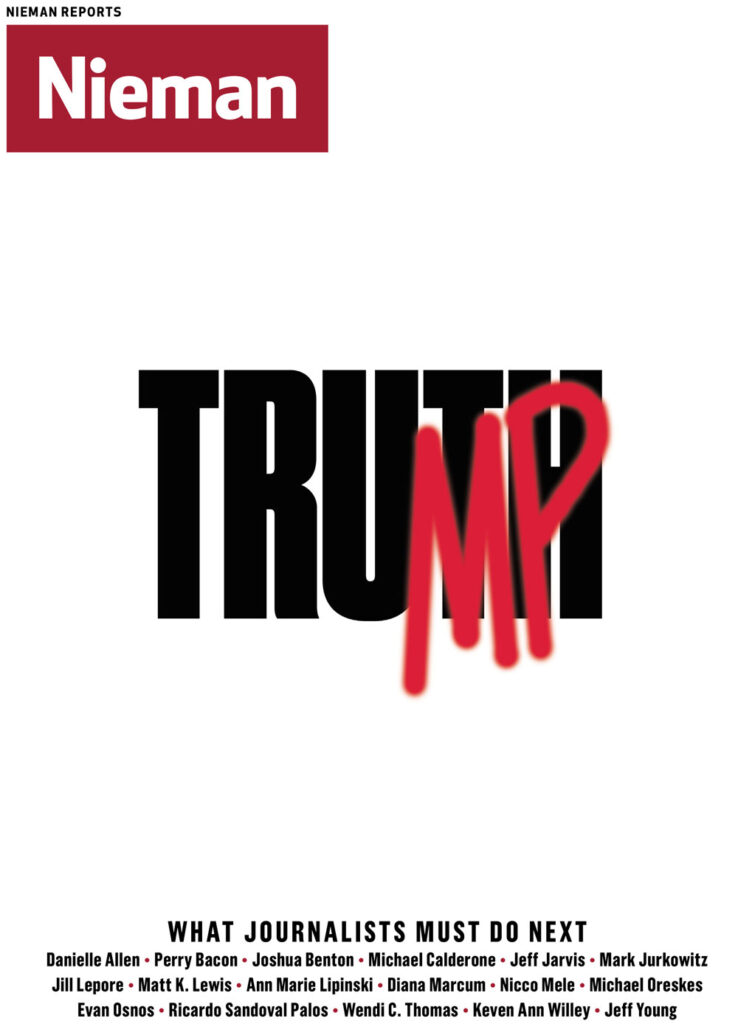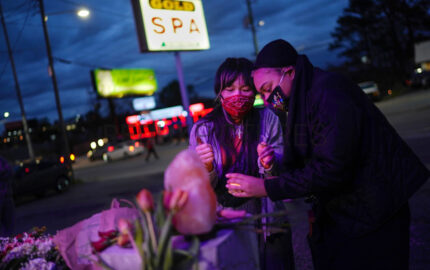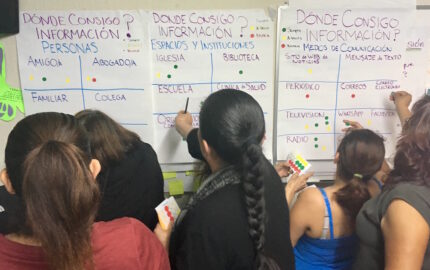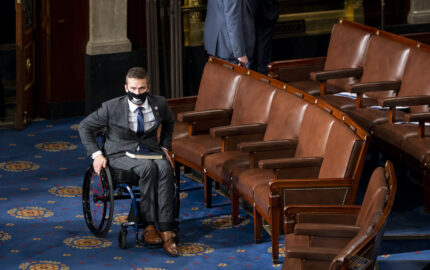The signs that someone like Donald Trump was coming were right there, in online comments lousy with creatively spelled racial slurs that slipped past even the best filters. They were in the vicious tweets and voicemail nastygrams aimed at journalists of color, especially when we wrote about race. It was in the hundreds, if not thousands, of racist and xenophobic emails that clogged my inbox during my 11-year-tenure as a columnist at The Commercial Appeal in Memphis.
Never before had white readers been exposed to the regular opinions of a black woman; I was the paper’s first black female columnist. But even as this angry tribe of white readers grew, many of my non-black colleagues—particularly editors and publishers—insisted these readers were outliers. (And I knew these readers were white because they almost always told me so, using phrases like, "I’m a white reader in the suburbs and I want you to know I’m tired of your racist shit.") Never mind that all the basements in the world couldn't contain all these folks.
Don’t focus on the haters, I was told, as if my attention was what gave them fuel. People who send death threats are just venting, I was reassured. They wouldn’t actually do anything, as I took different routes home from work. Perhaps, it was suggested, I wrote about race too much, even though I was the only black columnist on staff in a city that’s 65 percent black. The solution was in my control. Concede the floor, put myself on mute.
At my own and other papers around the country, too many newsroom leaders—87 percent of whom are white, according to the latest figures from the American Society of News Editors—saw white readers’ seething rage as separate from journalism. They saw little connection between this anger and public policy that was disastrous for people of color. They didn’t get that these same readers were also voters, voters who would be receptive to a presidential candidate who stoked racial resentment at every turn.
This willful blindness didn’t infect every news outlet. Some organizations—such as Mic, The Atlantic, Slate, Vox, and national newspapers—connected the dots. Most mid-sized newsrooms, where I’ve spent most of my career, did not.
History doesn’t repeat itself, but it does echo—but too few journalists were listening for the reverberation. Jim Crow followed Reconstruction. The war on drugs followed the civil rights movement. There was no reason to believe President Obama’s election would be followed by a post-racial utopia, especially when yawning racial disparities remained.
We should have been looking for the “whitelash,” as CNN commentator and political activist Van Jones labeled it after the election.
So where do we go from here? We recommit ourselves to doing our jobs. We help readers make sense of their world. We link the present to the context of the past. When we’re not sure, we turn to historians and academics for help. And we listen to colleagues who are black and brown and immigrant and LGBT and members of other historically marginalized groups.
If you are a newsroom leader in the middle of the country, when these journalists tell you what they see, believe them. Trust them. And govern your organization’s reporting accordingly.
Starting today, we can promise to look for the signs. I guarantee that they’re all around us.




